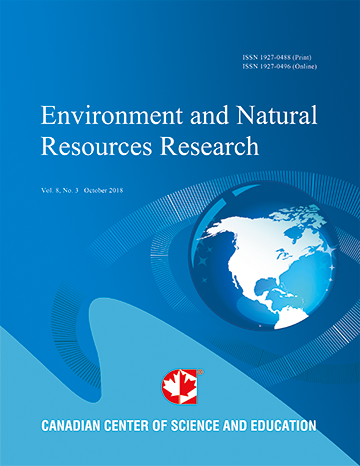Trends in Illegal Killing of African Elephants (Loxodonta africana) in the Luangwa and Zambezi Ecosystems of Zambia
- Vincent Nyirenda
- Peter Lindsey
- Edward Phiri
- Ian Stevenson
- Chansa Chomba
- Ngawo Namukonde
- Willem Myburgh
- Brian Reilly
Abstract
The resurgence in African elephant (Loxodonta africana) poaching for ivory and bushmeat threatens the persistence of elephant populations, continent wide. In addressing the scourge, monitoring of illegal killings of elephants plays a key role in effectively directing counter measures. This study evaluated spatiotemporal trends and patterns in elephant poaching. Illegal killing of elephants occurred mostly along major rivers, mainly in late dry season during which period elephants were more vulnerable to illegal exploitation. However, during the wet season, retaliatory killings of “problem elephants” marauding crop fields also took place. Elephant poaching was attributed to socio-economic and ecological drivers such as high poverty levels, weak governance, high demand for elephant ivory, and low social capital. These drivers are likely to apply to other elephant range states as well. We propose that local strategies that empower communities economically, build broad-based law enforcement capacity in stakeholders to counter illegal killing of elephants, and which positively shift the risk/reward ratio for ivory poachers trade, be urgently developed and implemented.
- Full Text:
 PDF
PDF
- DOI:10.5539/enrr.v5n2p24
Journal Metrics
Google-based Impact Factor (2016): 6.22
h-index (November 2017): 12
i10-index (November 2017): 19
h5-index (November 2017): 11
h5-median (November 2017): 12
Index
Contact
- Emily LinEditorial Assistant
- enrr@ccsenet.org
